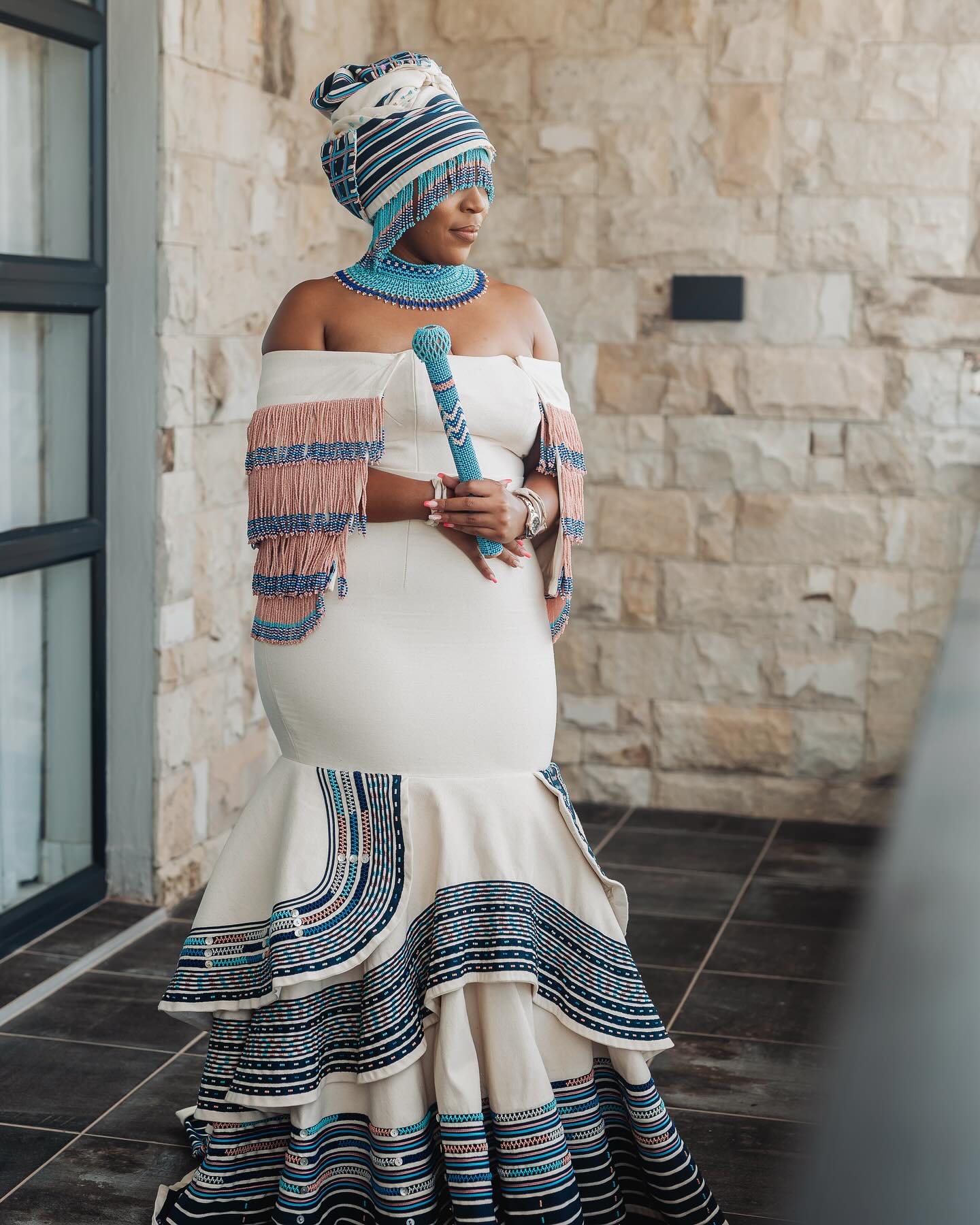
Xhosa Traditional Attire: Exploring the Latest Designs and Trends
Xhosa traditional attire is a vibrant and integral part of the cultural heritage of the Xhosa people, one of the largest ethnic groups in South Africa. The attire, often characterized by bold colors, intricate beadwork, and symbolic patterns, reflects the deep traditions and values of the community. Over the years, Xhosa fashion has evolved, blending traditional elements with contemporary influences. In this article, we will explore the latest designs in Xhosa traditional attire, highlighting how designers and artisans are creatively fusing cultural heritage with modern fashion trends.
The Significance of Xhosa Traditional Attire
Xhosa clothing holds profound significance, not only as a form of self-expression but also as a symbol of identity, social status, and cultural pride. Traditional attire is worn during special ceremonies such as weddings, initiations, and festivals, and is often customized to reflect the wearer’s specific role, gender, and marital status. Each garment and accessory carries symbolic meaning, from the choice of colors to the patterns and beadwork.
Key Elements of Xhosa Traditional Attire
Before delving into the latest designs, it’s important to understand the key components of traditional Xhosa attire:
- Beaded Accessories: Beads are an essential feature of Xhosa fashion. They are used in necklaces, earrings, headpieces, and belts. The beadwork can indicate a person’s social standing or age group, with different patterns symbolizing various cultural meanings.
- Headgear: Xhosa women often wear intricate headpieces, such as the isikhwama, a beaded headscarf that symbolizes respect and maturity. For men, the imvunulo (a form of headwear) might be worn to signify their status in society.
- Garments: Traditional garments include the iqhira (a beaded garment), ubuhlalu (a beaded necklace or apron), and intsimbi (skirts and wraps). These items vary in design depending on the occasion and region.
- Colors and Patterns: The use of colors is highly symbolic. Red, for instance, can represent fertility and life, while white symbolizes purity and spiritual connection.
Latest Trends in Xhosa Traditional Attire
While the traditional styles have remained an important part of Xhosa culture, modern designers are increasingly incorporating contemporary twists to create a fusion of the old and the new. Here are some of the latest trends in Xhosa fashion:
Xhosa Dresses by Styles by Tumi
Styles by Tumi is a vibrant and innovative fashion brand that beautifully blends traditional Xhosa heritage with modern design elements. Specializing in exquisite, custom-made Xhosa dresses, the brand offers a fresh take on classic attire, infusing bold beadwork, intricate patterns, and contemporary cuts into every piece. Each dress tells a story, honoring the cultural significance of the Xhosa people while embracing the latest trends in fashion. Whether for special occasions, weddings, or cultural ceremonies, Styles by Tumi creates stunning garments that celebrate identity, craftsmanship, and the timeless beauty of Xhosa fashion.
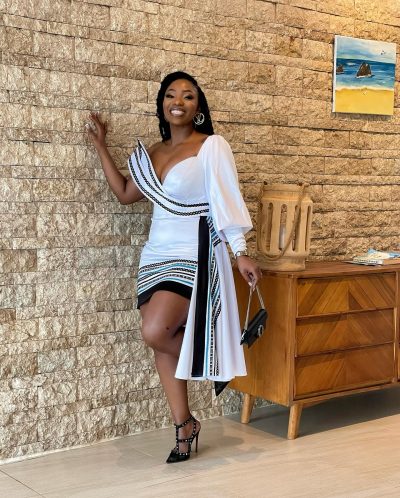
Stylish Xhosa Dress by Styles by Tumi
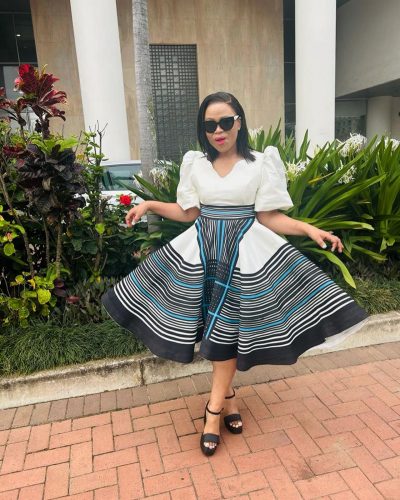
Stylish A Line Xhosa Dress By Styles by Tumi
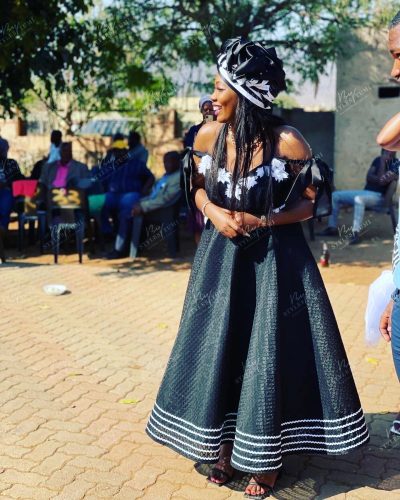
Black Xhosa Dress By Styles by Tumi
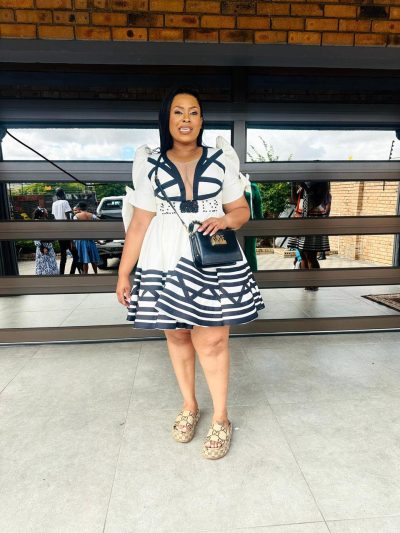
Short Traditional Xhosa Dress By Styles by TumiXhosa Dresses by Uyinqaba Designs
Uyinqaba Designs is a distinguished fashion label known for its exquisite fusion of traditional Xhosa culture and contemporary style. Specializing in creating luxurious, handcrafted Xhosa dresses, the brand focuses on intricate beadwork, vibrant colors, and elegant tailoring that highlight the beauty and significance of Xhosa heritage. Each design is a testament to craftsmanship and cultural pride, offering both modern interpretations and timeless elegance. Whether for weddings, celebrations, or cultural ceremonies, Uyinqaba Designs creates dresses that celebrate identity, sophistication, and the enduring allure of Xhosa fashion.
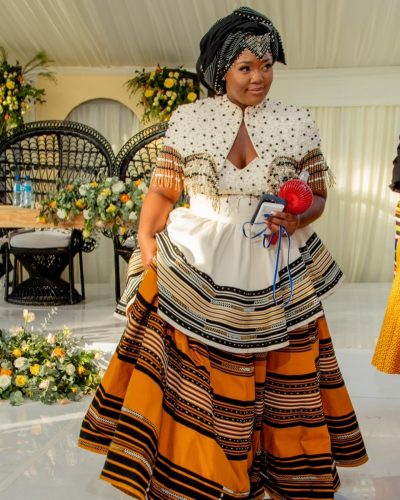
Beaded Xhosa Attire by Uyinqaba Designs
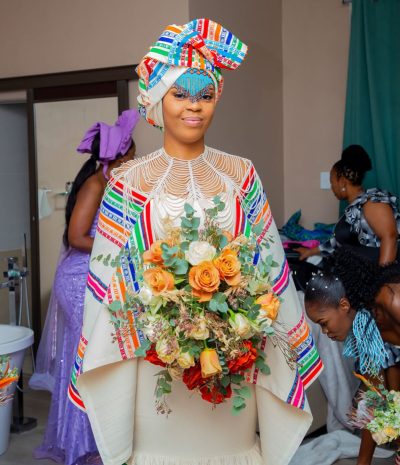
Colourful Xhosa Attire by Uyinqaba Designs
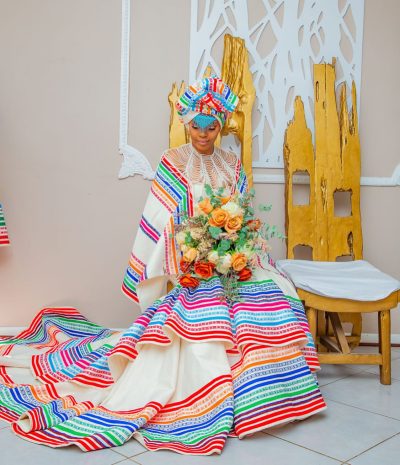
Colourful Xhosa Attire by Uyinqaba Designs
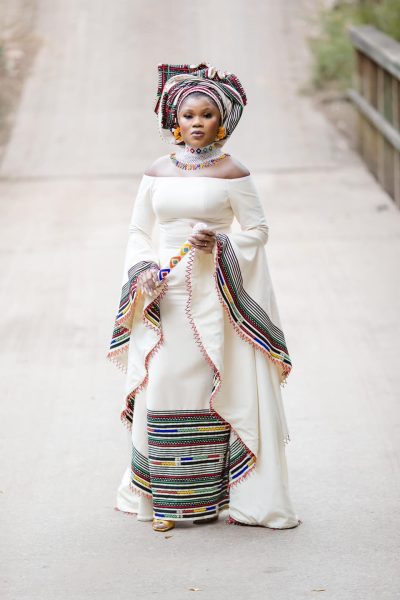
Drop Shoulder Xhosa Dress by Uyinqaba Designs
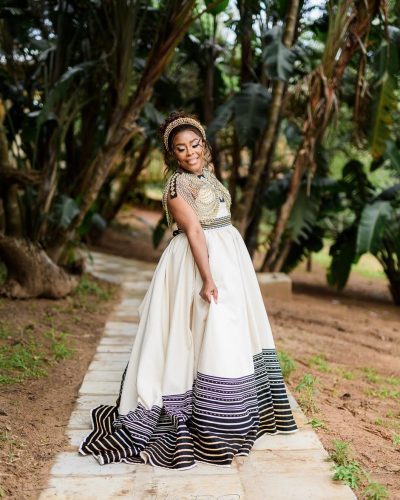
Long Xhosa Traditional Wedding Dres By Uyinqaba Designs
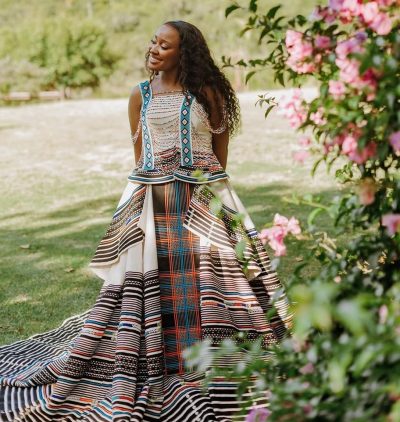
Xhosa Dress By Uyinqaba Designs
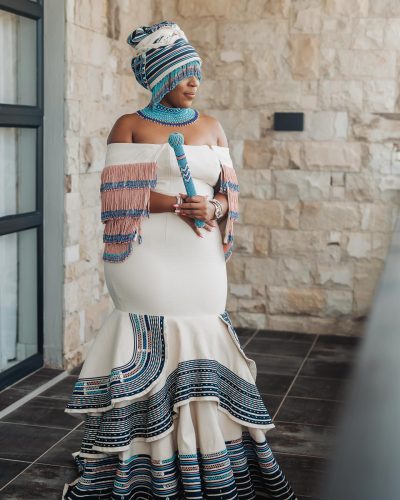
Xhosa Atire with beaded shawl by Uyinqaba Designs
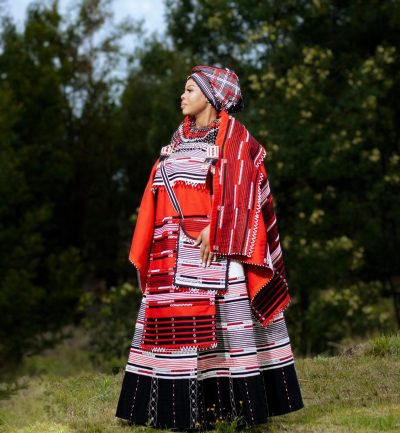
Xhosa Makoti Attire Uyinqaba Designs
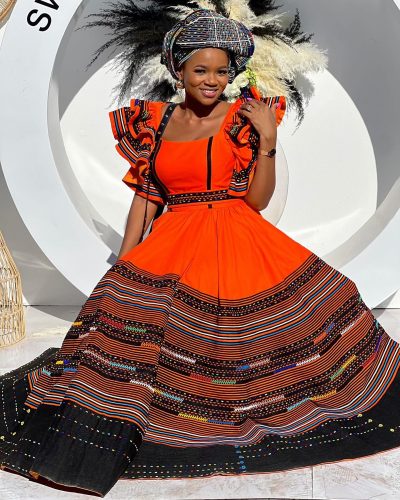
Orange Xhosa Dress with Fancy Sleeves by Uyinqaba Designs
Xhosa Designs by Umbhaco.co.za
Umbhaco.co.za offers a stunning collection of fashion that celebrates the rich cultural heritage of the Xhosa people while embracing modern design sensibilities. Known for its unique blend of traditional craftsmanship and contemporary flair, Umbhaco.com creates beautifully tailored Xhosa garments that showcase intricate beadwork, bold prints, and elegant silhouettes. Each piece is meticulously crafted to honor the traditions of the Xhosa community, making them perfect for special occasions, cultural ceremonies, and stylish everyday wear. With a focus on both authenticity and innovation, Xhosa Designs by Umbhaco.com brings the timeless beauty of Xhosa fashion into the spotlight, offering distinctive designs that resonate with both tradition and modern trends.
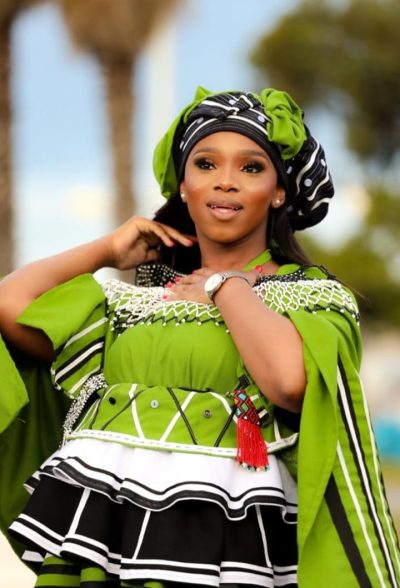
Lime Green Xhosa Outfit By Umbhaco.co.za

Lime Green Xhosa Outfit Full length by Umbhaco.co.za
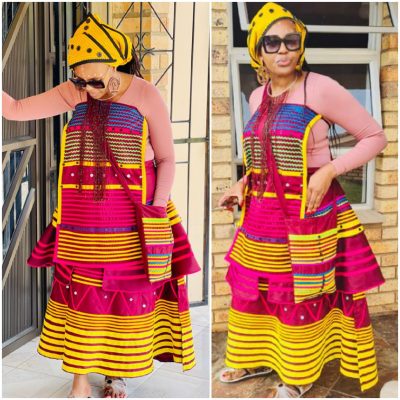
Colourful Xhosa Attire by Umbhaco.co.za
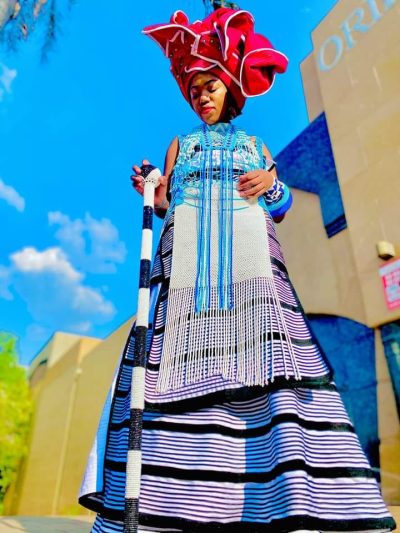
Traditional Xhosa Attire by Umbhaco.co.za
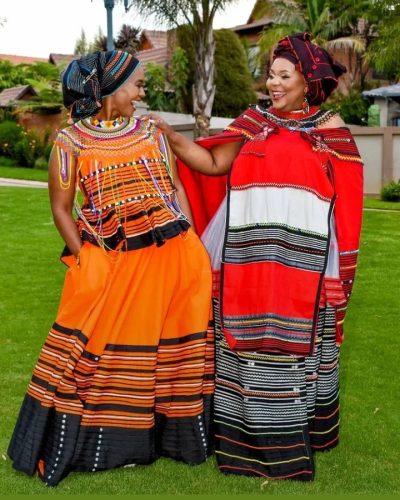
Plus Size Xhosa Outfits by Umbhaco.co.za
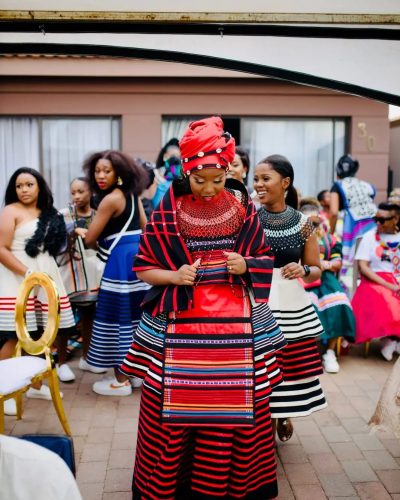
Xhoas Attire for Makoti by Umbhaco.co.za
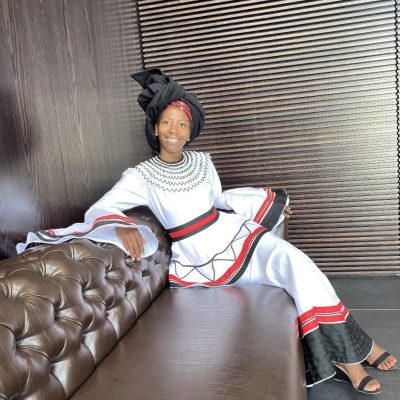
Black Red and White Xhosa Dress by Umbhaco.co.za
Conclusion
Xhosa traditional attire is a beautiful reflection of the rich cultural heritage of the Xhosa people. While its traditional elements remain an important aspect of cultural identity, the latest designs are pushing the boundaries of fashion, merging ancient customs with contemporary trends. Modern Xhosa fashion showcases creativity, inclusivity, sustainability, and respect for tradition, offering a unique style that resonates with both the younger generation and those who wish to celebrate their cultural roots. Whether through bold beadwork, reimagined silhouettes, or eco-conscious fabrics, Xhosa fashion continues to evolve while staying true to its roots—making it a vibrant and dynamic part of global fashion today.
